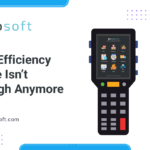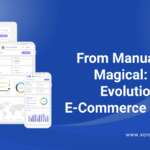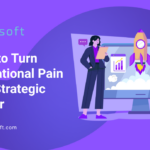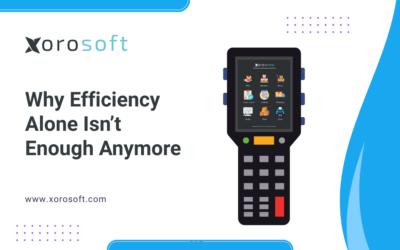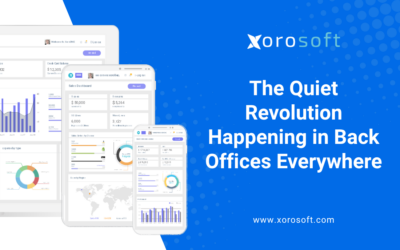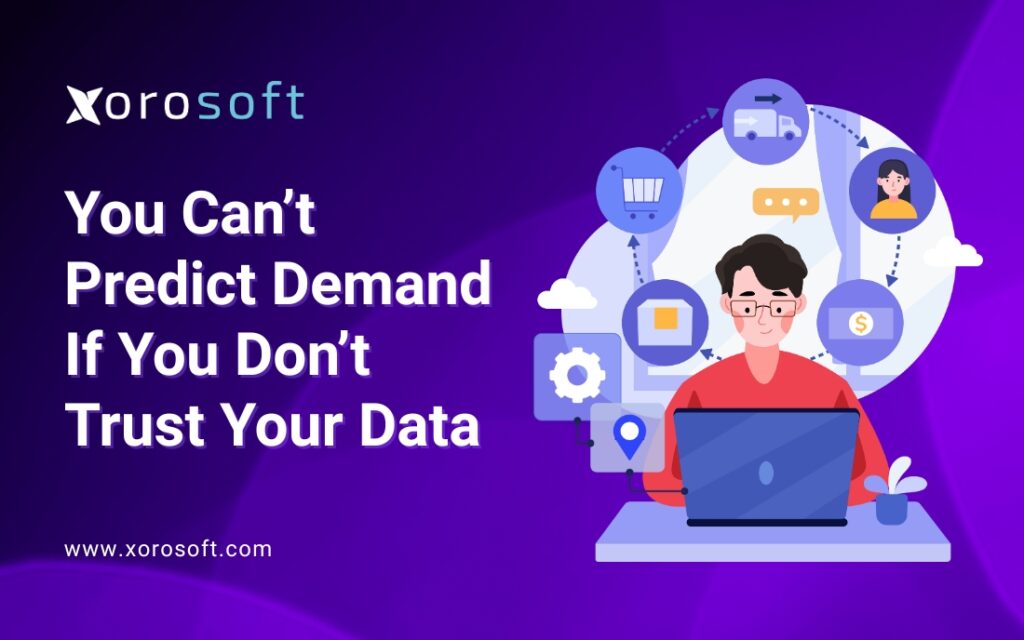
Why a Demand Forecasting ERP Needs Real-Time Data
You can’t scale confidently if you’re flying blind. Unfortunately, that’s exactly what happens when your demand forecasting ERP—or lack thereof—isn’t giving you real-time, trustworthy data.
Let’s be honest: if you’ve ever stocked up for a seasonal rush that never came, or ran out of inventory during a flash sale, you already know how painful demand forecasting can be without the right systems. Worse still, you’re not just dealing with inventory chaos. Instead, you’re facing revenue loss, wasted capital, and fractured team workflows.
Because of this, forecasting becomes reactive. It no longer drives growth—it slows it down.
How Disconnected Systems Break Demand Forecasting ERP Accuracy
Most growing businesses start with good intentions—and disconnected tools. At first, this feels manageable. However, it becomes a roadblock as complexity grows.
For instance, you might use Excel for forecasting, QuickBooks for accounting, and a mix of shipping plug-ins and warehouse apps. Initially, this Frankenstein setup seems efficient. But as soon as your order volume increases, or you start selling across Shopify, Amazon, or wholesale channels, the cracks become obvious.
Without a centralized demand forecasting ERP, you’ll likely run into:
-
Inventory mismatches across channels and locations
-
Stockouts that frustrate customers and delay fulfillment
-
Manual reporting delays that lead to poor decision-making
-
Outdated numbers that break trust across departments
-
High carrying costs for slow-moving or unsellable stock
-
Siloed data that causes every team to blame the other
Moreover, since your systems don’t speak to one another, no one can agree on what the data says—or what to do next. As a result, you’re operating reactively instead of proactively.
The Core Issue: Unreliable and Outdated Data
At the root of this chaos is one major issue: lack of real-time, reliable data.
Disconnected systems don’t update automatically. Because of this, they create blind spots that ripple across operations. Manual spreadsheets are error-prone and time-consuming. Additionally, most legacy software simply wasn’t built to handle the complexity of modern, multi-channel businesses.
That means your forecasts are based on stale or incomplete information. Even worse, different departments are often working from completely different versions of the truth.
So, while your finance team thinks stock levels are fine, your warehouse is panicking, and your sales team is over-promising. Meanwhile, leadership is left guessing. Everyone is misaligned—and your bottom line suffers.
What Modern ERP Systems Do Differently
To stop guessing and start scaling, you need more than just tools—you need a unified demand forecasting ERP.
Unlike disconnected apps, a modern ERP aligns your entire business—from procurement to fulfillment, accounting to e-commerce—on one real-time platform. This ensures operational clarity.
Here’s how it works:
-
Real-time inventory data across all channels and warehouses
-
Automated reordering based on thresholds, trends, or production runs
-
Integrated manufacturing planning to avoid overproduction
-
Real-time sales sync for accurate revenue projections
-
Immediate financial visibility so you can act, not react
-
Reliable forecasts based on actual data—not assumptions
Furthermore, because everyone sees the same numbers at the same time, alignment becomes natural. As a result, decisions are faster, smarter, and more effective.
Xorosoft ERP: Real-Time Forecasting Without the Guesswork
Xorosoft ERP was built to eliminate silos, spreadsheets, and guesswork. It’s not just another ERP—it’s the operating core of fast-scaling businesses.
With Xorosoft, you get:
-
Cloud-native ERP for fast deployment and real-time access
-
Built-in WMS (not a bolt-on) that updates inventory instantly
-
Native integrations with Shopify, Amazon, 3PLs, and EDI systems
-
Multi-location, multi-currency, and multi-channel support
-
API automation across your entire tech stack
-
#1 in Ease of Use on G2
-
Live on Shopify App Store: Shopify App
Moreover, Xorosoft doesn’t bolt things on. Instead, it builds forecasting and operational insight directly into its foundation. That’s why it performs where others fall short.
Here’s How Teams Operate with Xorosoft ERP
Let’s imagine this scenario: your marketing team runs a flash sale. Immediately, the ERP updates available stock across Shopify, Amazon, and wholesale. Consequently, the warehouse gets notified to prep fulfillment. Procurement sees reorder points triggered and places restock orders. Finance monitors revenue inflow in real time.
All of this happens automatically.
This isn’t a pipe dream. In fact, it’s the daily reality for businesses using Xorosoft ERP. Notably, they no longer scramble. Instead, they scale with confidence.
Explore More to See It in Action
If you’re curious about how Xorosoft handles demand forecasting ERP challenges, check these out:
-
Learn more about our ERP features
-
See real results in our case studies
-
Ready to scale? Book a demo
-
Understand how our inventory management tools work
-
Check out our WMS and accounting module
